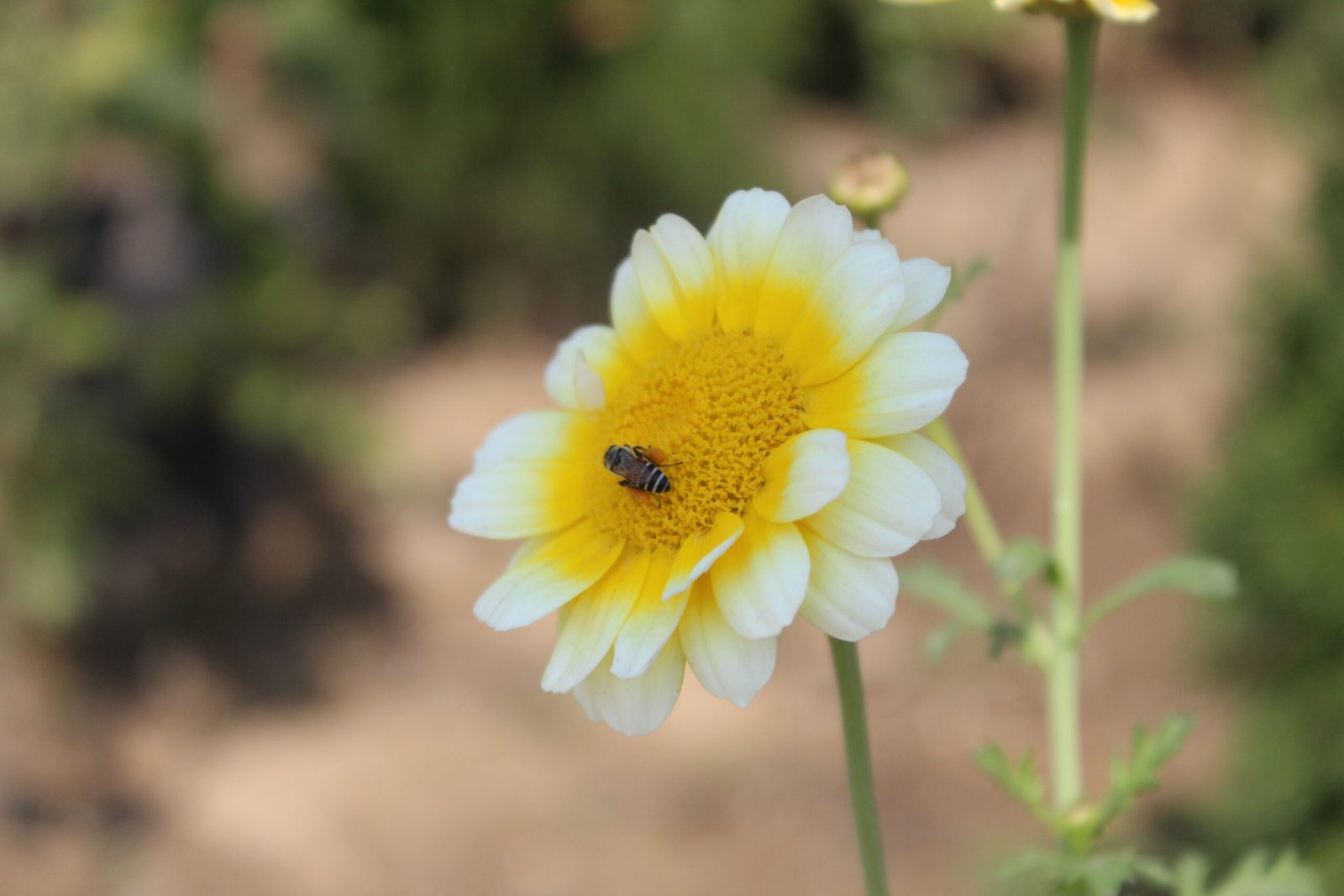Our world has been seriously impacted by the COVID-19 pandemic and has devastatingly impacted global health, economic as well as ecological balance in an unprecedented manner. The health support system in developed as well as developing and under developed nations; and has been equally impacted to both hemispheres, North and South. The discovery of several new deadly regional strains of the virus with enhanced power of infection due to repeated mutations has rand an alarm bell across the planet. Several countries around the globe are passing through different stages of second, third, fourth abs even fifth waves of infections. The rate of infection as well as the dearth rate has been phenomenal. But the process of vaccination of the populations have successfully started in different countries and I sincerely hope and pray that our over stressed health system as well the shattered economy recovers over time.
However, while we are focused on the COVID-19 pandemic; another pandemic has been undergoing globally regarding which we are not aware of. This is the pandemic of our friendly pollinator insects like honey bees, native (endemic) bees, moths and butterflies, pollination-friendly species of various beetles, flies, snails and slugs, mammals (such as bats) and birds (such as humming birds) are all suffering due to negative anthropogenic activities across the planet. But the worst impacted species are the bees, both honey bees and native bees. Several facts has been attributed to this global loss of bees including over use of toxic pesticides and synthetic fertilizers, change in land use patterns, lack of suitable vegetation (melliferous flora) for bees to collect pollen and nectar for their hive, reduced immunity, rise of several parasitic diseases, Colony Collapse Disorder (CCD), indiscriminate pollution, Global Warming abs Climate Change.
It is important for us to remember that bees and other biological pollinators help in the cross pollination of over 85% of flowering plants. These include not only food crops, feed crops, industrial (crash) crops, vegetables, ornamental plants, medicinal plants and herbs; but also a vast majority of forest herbs, shrubs and trees. Lack of bee populations has been reported to significantly reduce crop yields and poor performance due to heavy pest burden, weed competition, climatic fluctuations as well as crop failure. The extensive mono-cropping based agriculture in developed nations exposed to high level of pesticides has been decimating native bee populations across the globe. Not just bees other biological pollinators are impacted too; thereby jeopardizing future global agricultural yields, compromising with food security and challenging economic developments in both First World and Third World nations.
The loss of bees significantly impacts crop production, forestry as well as the apiculture industries. Hence it is very important for us to make conservation of extremely vulnerable bee species a global priority; particularly for the poor countries of Asia, Africa and Latin America. Sub-Saharan agri-ecological regimes are also vulnerable; and we must pay serious attention to the challenges of low crop production, food security, loss of employment for a vast section of population dependent in agriculture, forestry and apiculture industries together with the destabilization of local ecosystems and environment.
The World Wildlife Day (March 3), International Day of Forest (March 21), World Bee Day (May 20), and World Environment Day (June 5) in the not so distant future need to raise the global awareness regarding the much needed bee conservation. This year (2021), the World Bee Day theme has been “Bee engaged: Build back better for bees”. The theme has rightly been pointed towards establishing a sustainable environment for the bees. But the important question to ask is how to achieve that. It is quite unlikely that industrial applications of pesticides and fertilizers are going to be stopped all together and there will be a complete switch towards organic production. Although the idea is great; but, it is not sustainable at the present moment as such mass global transformation to me is just a dream that may not ever come true.
I think the viable solution is to work side by side with the system and provide long term, sustainable, environment- friendly solutions to help reviving the dwindling populations of honey bees but most importantly the native bees. Honey bee colonies are replaceable as they are produced commercially in several farms. But native bees are irreplaceable as there is no commercial production system available for these species currently other than at research plots and research trials in limited and restricted capacity.
One of the sustainable solutions that we have been working on a long term basis is the establishment of Pollinator Sanctuaries. Such sanctuaries are mostly established by preparing suitable seed mixes of various annual, biennial and perennial locally adapted crop species as well as native wildflowers. These are called Pollinator Seed mixes abs are becoming popular. Establishing such sanctuaries along farm perimeters, unsuitable and hard to access parts of the farms, shelter belts, otherwise agronomically unsuitable fields (like salt or salinity impacted fields), city golf courses, boulevards, parks gardens and lawns, areas adjoining water bodies (such as pool, pond, marsh, bog, lake, stream, areas adjoining irrigation canals, along railway lines, less used parts of highways and in open unused spaces in both urban and rural areas, social forestry and urban forestry projects. The patch once established will need very little maintenance and would regenerate on its own from year to year from the seeds shedded by the unharvested plant. The decomposing plants will provide nutrients to the patch and at the same time replenish and regenerate the Pollinator Sanctuary. Spaces open or impacted by local weeds can be broadcast with seeds to reduce weed pressure abs maintain the plant population rich in biodiversity.
We recommend mixing a number of species to mimic nature and to add biodiversity to the soil area. Several bee species are specific to particular plant for foraging. Hence a rich diversity of plants could help attracting wide diversity of bee species abs other pollinating agents. Since these plants have different root lengths they will not be competing with one another for soil nutrients. Furthermore since plants belonging to different families are being grown together; they do not produce flowers at the same time. The mix is prepared keeping in mind the flowering cycle of different plant species and their target pollinators. Thus the Pollinator Sanctuary keep flowering very late in the growing season thereby ecologically extending the bee foraging period. Hence bees could thrive being provided with suitable melliferous vegetation.
Such Pollinator Sanctuaries can not only help in attracting bees and other insect pollinators; but also attract small reptiles, amphibians, birds, mammals and their corresponding predators as well as local wildlife. Furthermore, if such sanctuaries are built along major or minor water bodies then aquatic birds, local fishes and bees could be integrated into one conservation platform. This will also enrich local biodiversity. Enrichment of local biodiversity will not only help in regeneration of local ecosystems; but will also benefit agricultural productivity. Thus Pollinator Sanctuary establishment can help not only the bees but a wide diversity of other species including human society, economy and ecology through nature based integrated approach. Bees are recognized as the most important animal species on earth and they deserve special attention for successful conservation for securing the future of our future generations. Let us therefore cheer for the slogan Save Our Pollinators.




